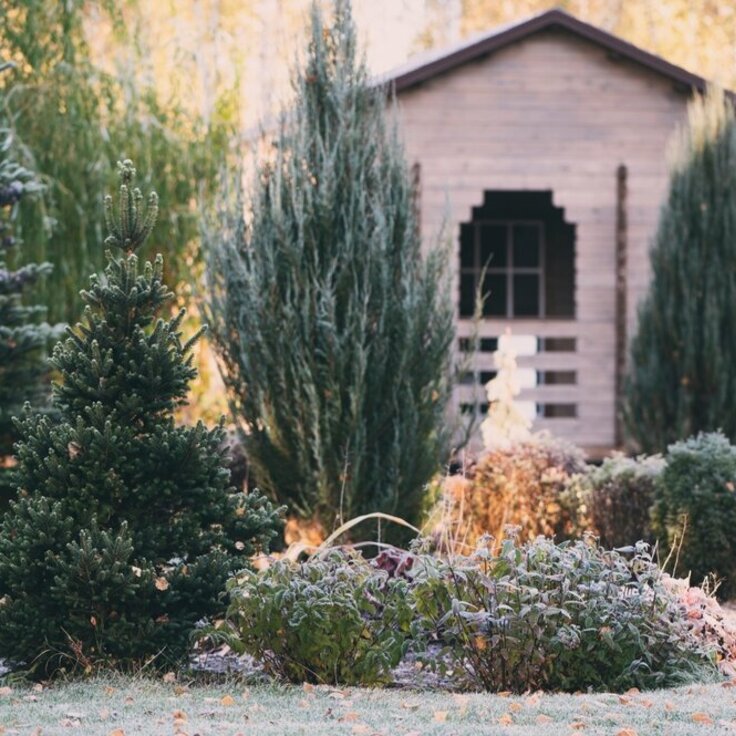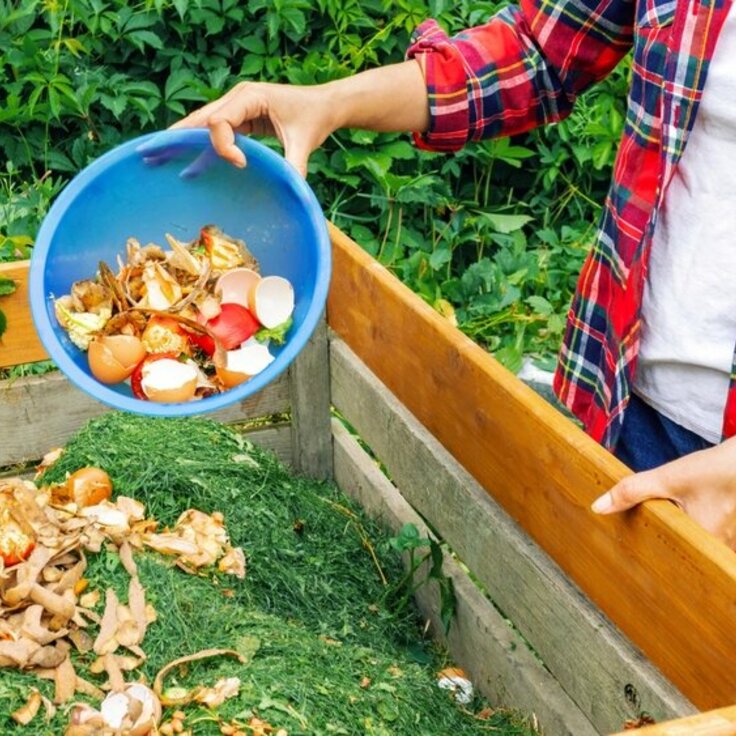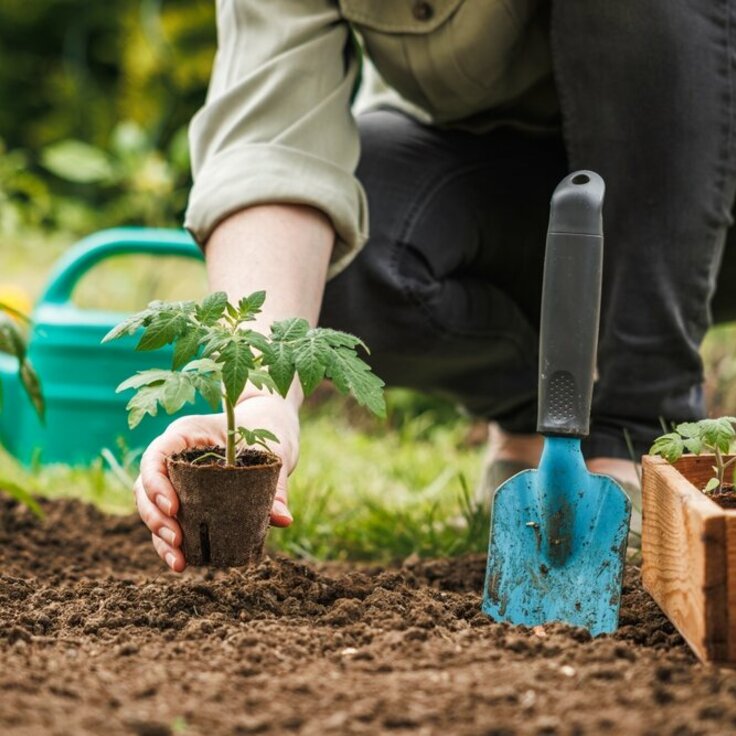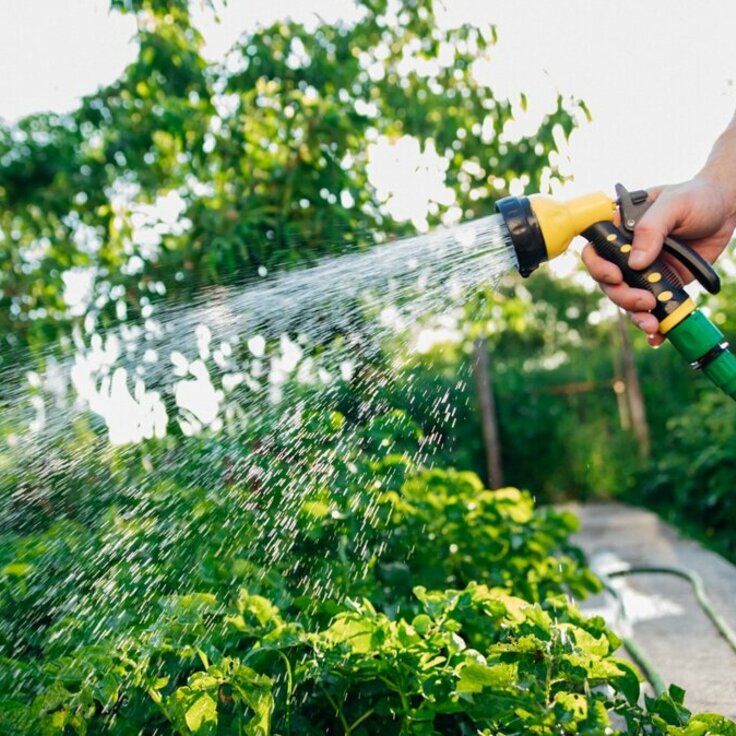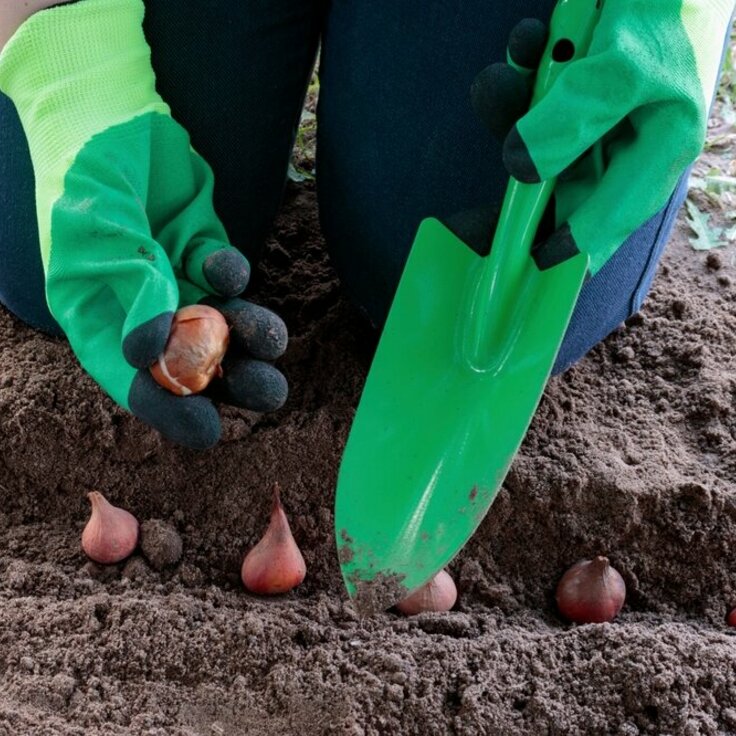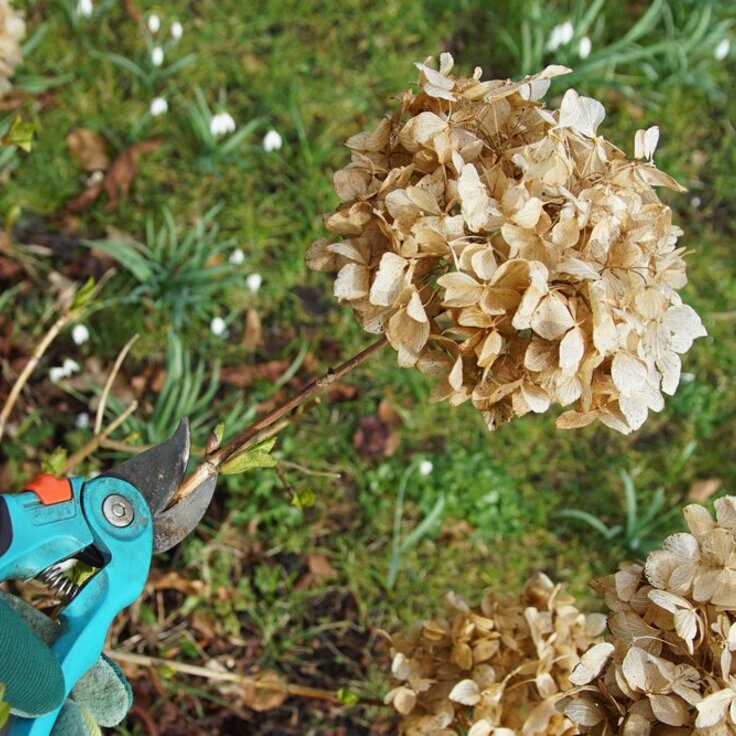How to Propagate Plants with Cuttings
Cuttings are a great and handy way to grow new plants. Whether you're a seasoned gardener or just getting started, creating your own cuttings can be really rewarding. In this article, we'll dive into the world of plant cuttings and share some practical tips on how to take cuttings from various plants like the pancake plant, hydrangea, monstera, and orchid. We'll answer common questions and provide useful tools to make the process smoother.
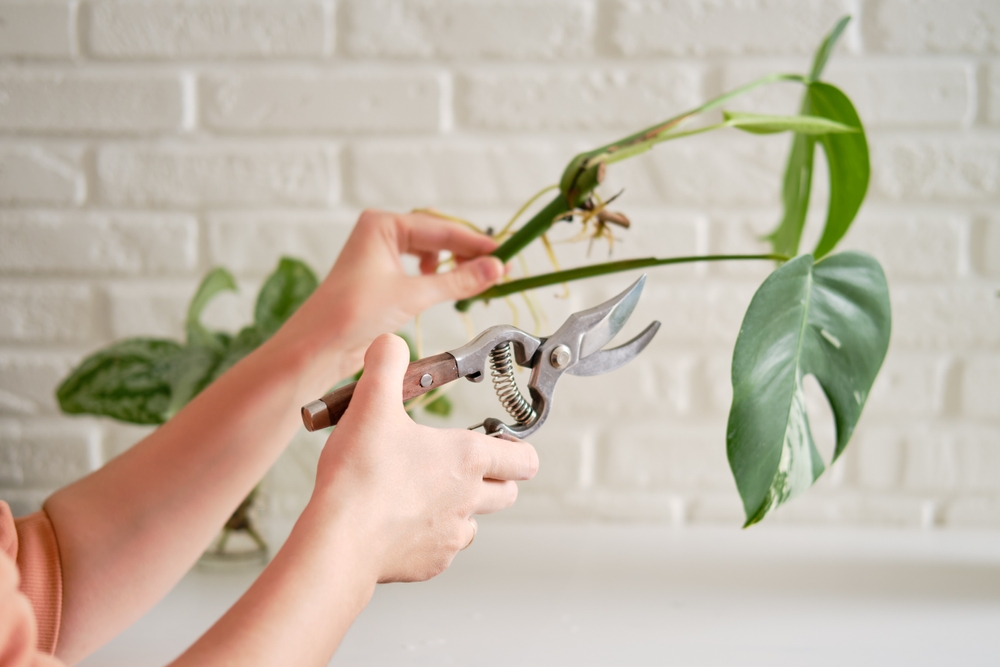
What Are Cuttings?
Cuttings are a method of growing new plants from parts of an existing one. You can use leaves, stems, or even roots, depending on the plant. The big benefit of taking cuttings is that you get new plants that are clones of the original, which is a cost-effective way to expand your collection.
Common Questions About Cuttings
How long does it take for a cutting to grow roots?
The time can vary based on the plant and conditions. Generally, it can take anywhere from a few weeks to a few months for a cutting to start developing roots. To speed things up, keep your cuttings in a warm, moist environment.
How can I tell when a cutting is ready to be planted?
Your cutting is ready to be planted when the roots are a few centimetres long and look well-formed. For some plants, you might see roots poking through the soil, which is a good sign it’s time to transplant.
Do cuttings always need to be placed in water?
No, not all cuttings need to be in water. Some plants can be planted directly in soil. It depends on the type of plant and its needs. However, starting cuttings in water can be useful because it lets you see the roots as they develop.
How to Take Cuttings from Popular Plants
Let's check out how to take cuttings from some well-known plants.
Pancake Plant or Chinese Money Plant Cuttings
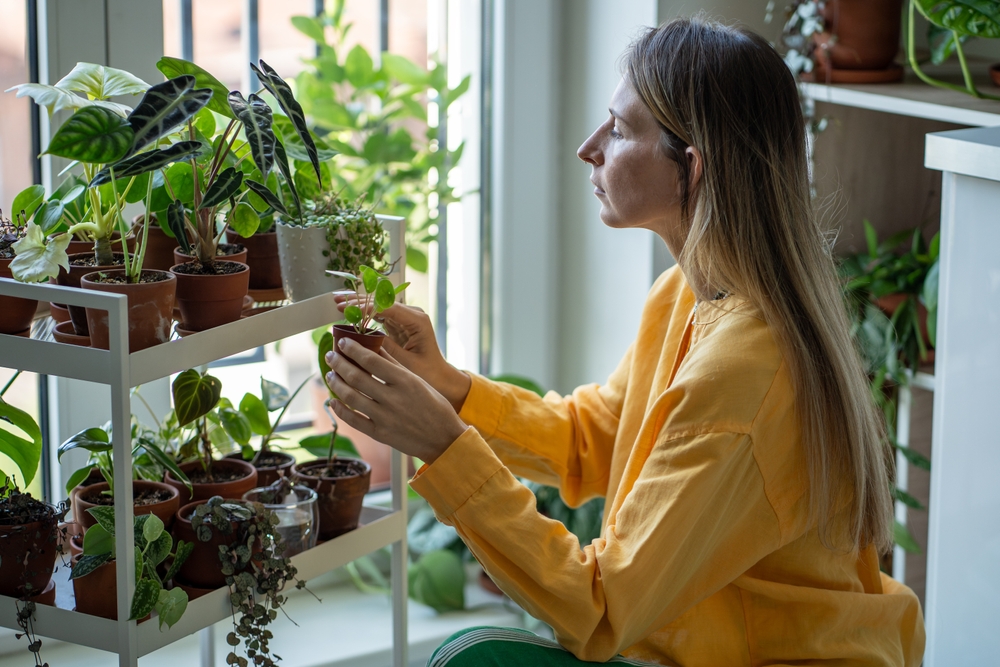
The pancake plant, also known as the Chinese Money Plant (Pilea peperomioides), is famous for its cute, round leaves and easy care. You usually take cuttings from the small offshoots or "pups" that grow at the base of the plant.
How to Take Cuttings:
- Pick a healthy pup that's at least 5-10 cm long.
- Use clean, sharp scissors to cut the pup.
- Let the cut surface dry for a few hours to prevent rotting.
- Plant the cutting in a pot with well-draining soil and place it in a spot with indirect light.
Hydrangea Cuttings
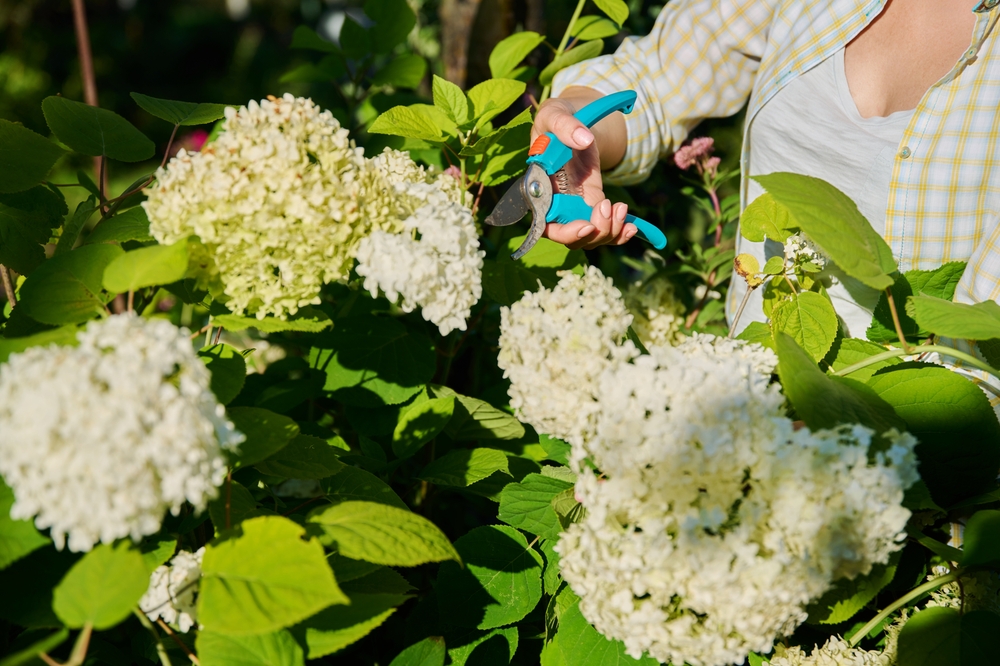
Hydrangeas are lovely shrubs that propagate well from cuttings. The best time to take hydrangea cuttings is late summer or early autumn.
How to Take Cuttings:
- Cut a healthy stem about 10-15 cm long from the hydrangea.
- Remove the lower leaves so they don’t touch the soil.
- Dip the cut end in rooting hormone to help root growth.
- Plant the cutting in a mix of potting soil and perlite or sand for good drainage.
- Cover the pot with a clear plastic bag to create a mini greenhouse and keep the soil moist.
Monstera Cuttings

The Monstera (Monstera deliciosa) is a popular houseplant with its large, striking leaves. Cuttings are usually taken from aerial roots or leaves with a bit of stem.
How to Take Cuttings:
- Cut a healthy stem with an aerial root or several leaves and nodes.
- Place the cutting in a pot with soil or in water.
- If you’re using water, wait until the roots are a few centimetres long before moving the cutting to soil.
Orchid Cuttings
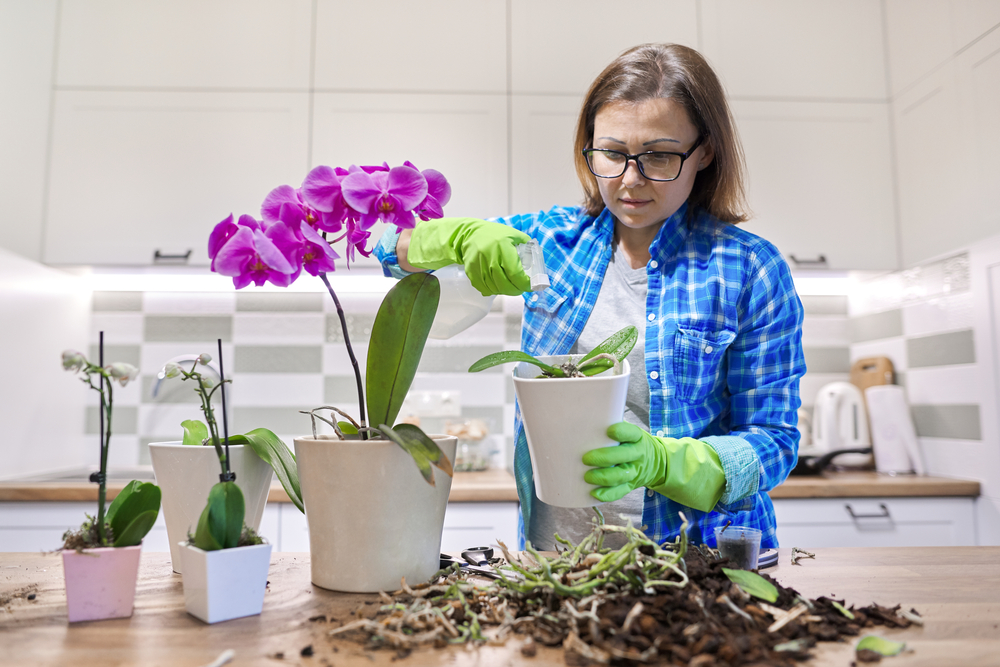
Propagating orchids can be a bit trickier, but with patience, it’s doable. Orchids are often propagated by separating pseudobulbs or using keikis (baby orchids).
How to Take Cuttings:
- Carefully separate the pseudobulbs from the main plant, making sure each has some roots.
- Plant the pseudobulbs in a special orchid potting mix.
- For keikis, wait until they have a few roots before separating them from the main plant and planting them.
Useful Tools for Plant Cuttings
- Rooting Hormone: Helps promote root growth and increase the chances of successful rooting.
- Misting Bottle: Keeps the humidity high around your cuttings, which is especially important for tropical plants like monstera and orchids.
- Cutting Pots and Propagation Trays: Special pots and trays with good drainage help keep roots healthy and support growth.
- Clean Scissors: Essential for making clean cuts and avoiding infections.
- Potting Mixes: Use the right mix for each plant species to ensure proper drainage and nutrients.
Taking cuttings is a brilliant way to propagate your plants and add fresh greenery to your garden or home. With the right techniques and tools, you can successfully grow new pancake plants, hydrangeas, monsteras, and orchids. Be patient and take good care of your cuttings, and you’ll soon enjoy a lush collection of plants you’ve grown yourself. Happy gardening!


